How to grow fuchsia bonsai
Last Update :2024.11.10
Article Catalog
Temperature and light requirements
Soil: 5 parts of humus soil, 4 parts of sandy loam, and 1 part of decomposed cake fertilizer powder are mixed to prepare the culture soil. Generally, the pots are repotted and the soil is changed once every spring. Fertilization: Apply a thin liquid fertilizer combining nitrogen and phosphorus every 10 days during the growth period. Watering: Master the principle of seeing dry and wet. Spray water 1-2 times a day in spring and summer, and do not allow water to accumulate. In winter, when the room temperature is low, water should be controlled and fertilizer should be stopped. Temperature and light: Afraid of high temperatures, sun and rain in summer.
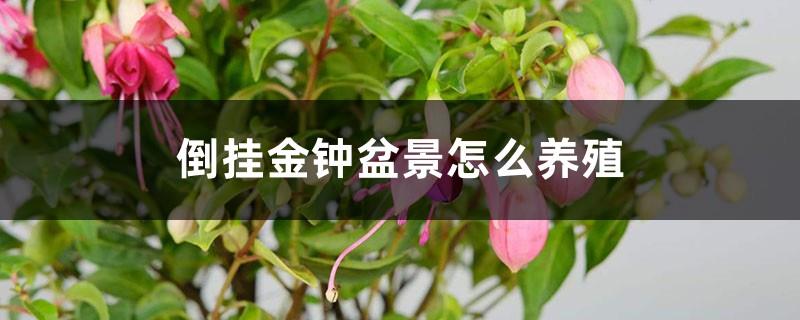
soil requirements
Soil requirements
Potted plants should use a mixture of 5 parts humus soil, 4 parts sandy loam soil, and 1 part decomposed cake fertilizer powder. Generally, it is advisable to repot and change the soil once a year in spring.
Fertilization method
A thin liquid fertilizer combining nitrogen and phosphorus can be applied every 10 days or so during the growth period. If there is insufficient nutrition, it will be difficult to bloom again after blooming once.
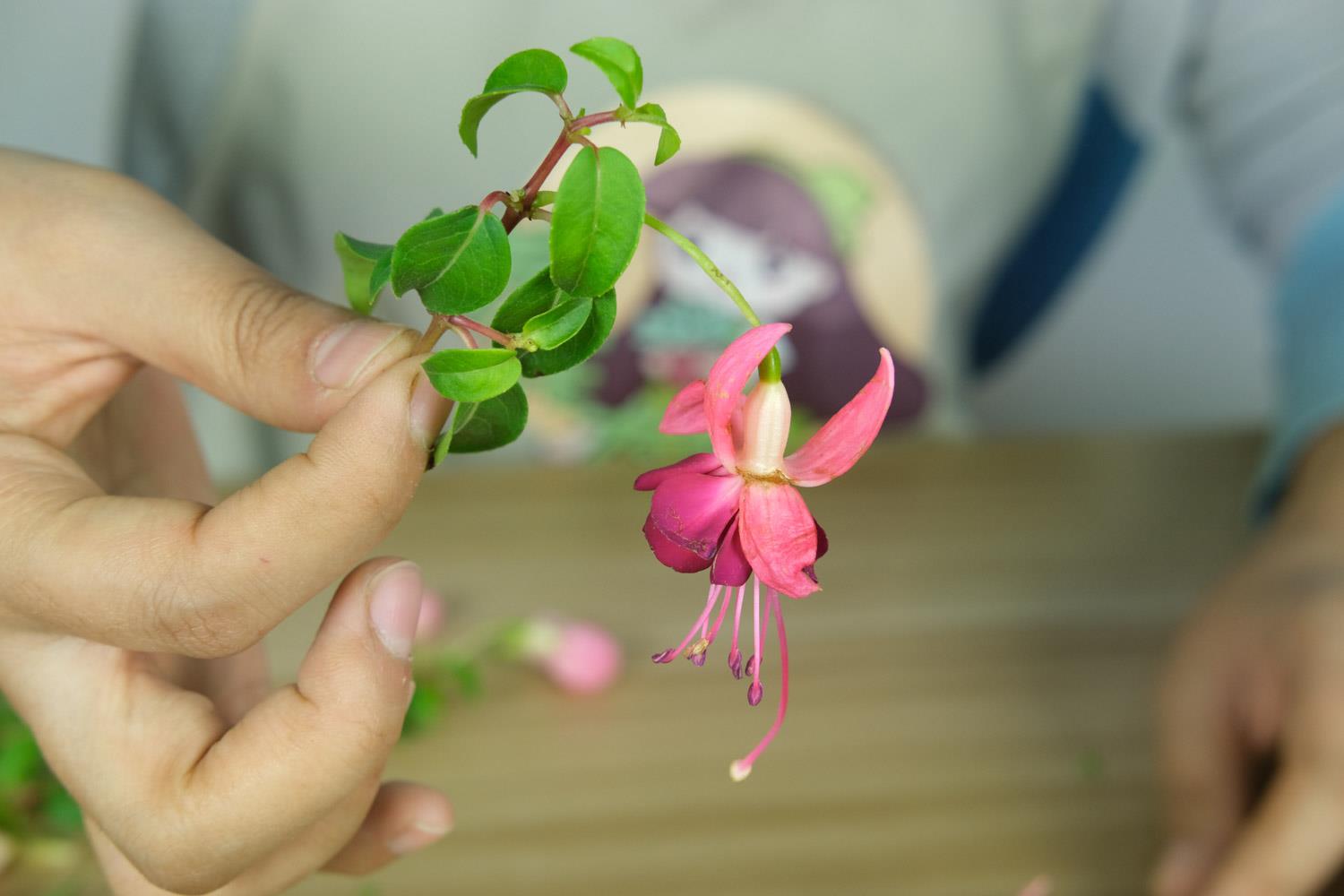
Watering requirements
< p> In daily watering, you must master the principle of seeing dry and wet. In dry weather in spring and hot and high temperature seasons in summer, you can spray water on the branches and leaves 1-2 times a day. Do not water too much and cause water accumulation in the pot soil. In winter, when the room temperature is low, it is necessary to strictly control watering and stop fertilizing to prevent root rot. After each fertilization and watering, the soil should be loosened in time to facilitate ventilation.Temperature and light requirements
Fuchsia prefers a cool climate and is most afraid of high temperatures, sun and rain in summer. When the temperature exceeds 30°C in summer, the metabolic activity of the plant slows down and the growth is in a stagnant state. At this time, leaf fall, root rot, etc. are often prone to occur. If effective measures are not taken in time, the entire plant will die.
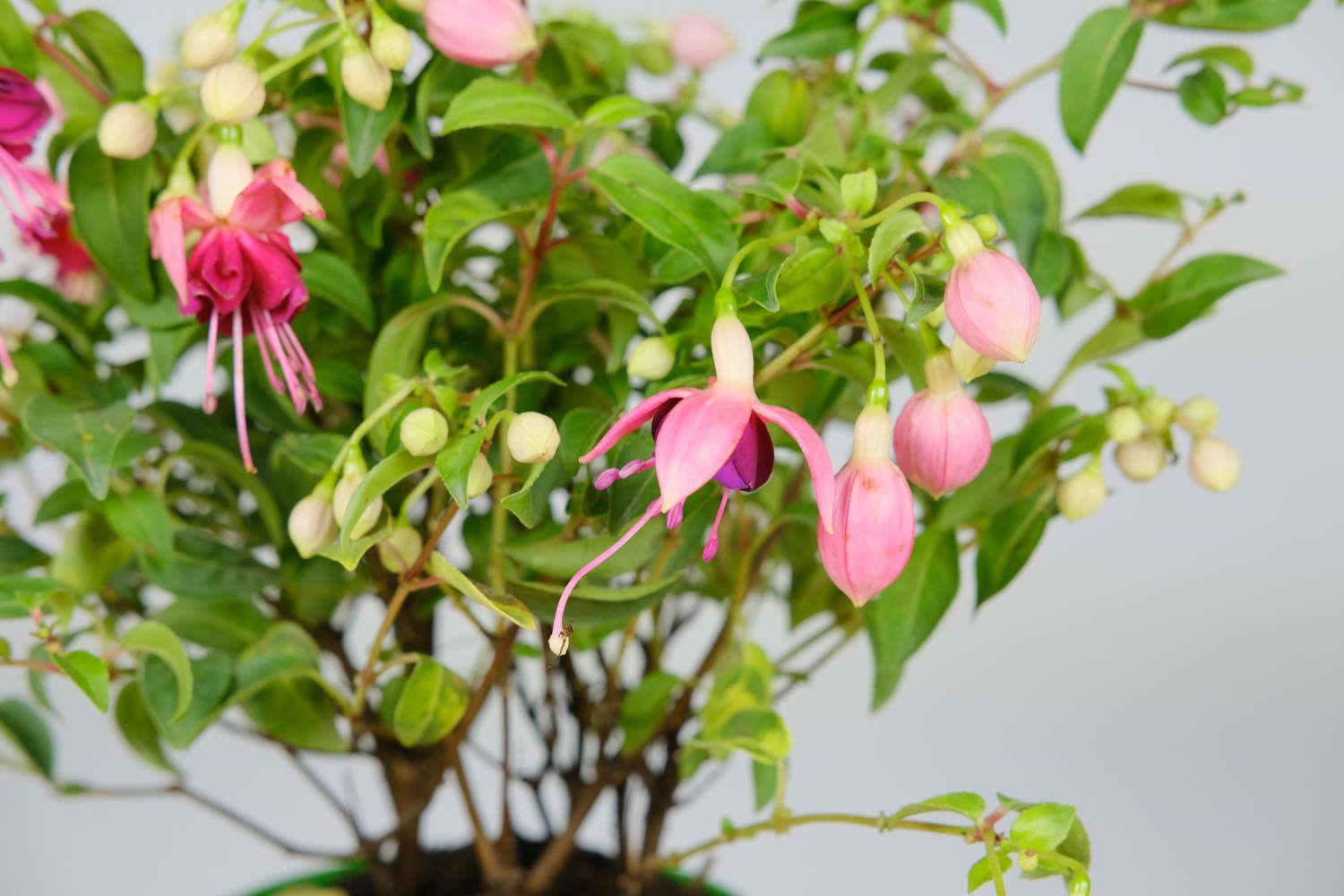
Pest Control
< p>When cultivating indoors, if ventilation is poor, young stems and leaves are prone to be harmed by aphids and whiteflies. When it occurs, 200 times of omethoate agent can be used to spray and control it.Propagation methods
Fuchsias are commonly propagated by cuttings and sowing.
(1) Cutting method: It can be done all year round except during the dormant period in summer. Spring cutting is better because the rooting and survival rate is high and fast. Choose strong top-end twigs for cuttings, 7-8 cm long, with 2-3 nodes. Cut off the base leaves and insert them into the sand bed. Keep them moist with frequent spraying. They will take root in about 10 days and can be planted in 1 month. pot.
(2) Sowing method: It can be done in spring or autumn. In autumn, at a temperature of 15-20°C, germination can take 15 days. Seedlings sown in spring will bloom in the second year.
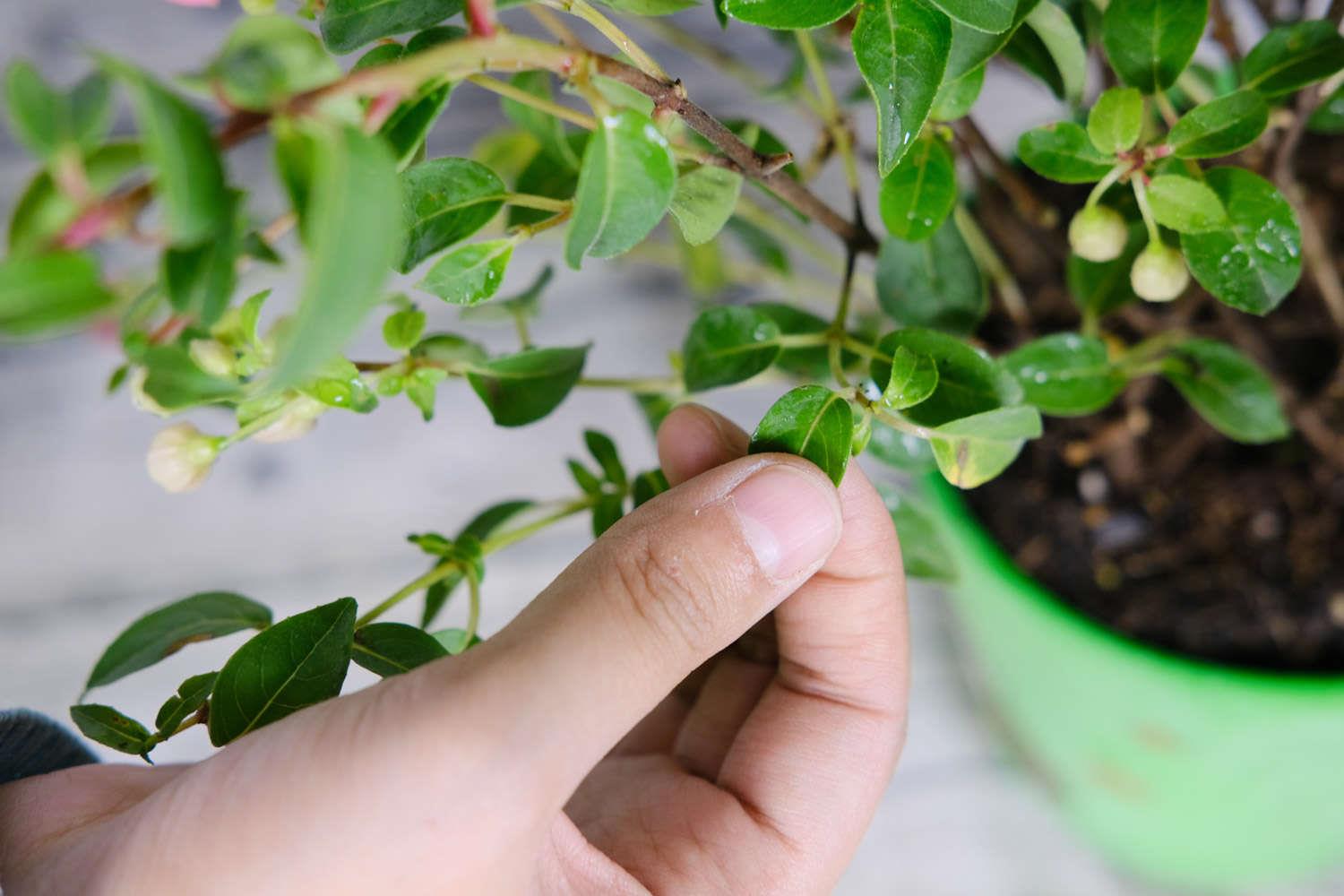
How to spend the summer
< p>First, to cool down and increase humidity, household potted plants can be moved to a cool, ventilated and rain-proof place. For example, they can be placed on the north balcony or under the eaves where there is a little scattered light, or they can be placed indoors where a little scattered light can be seen. A cool and ventilated place in the sun. At the same time, when the temperature exceeds 25℃, spray water on the leaves 1-2 times a day. When the temperature exceeds 30℃, spray water 3-4 times. Sprinkle water on the ground around the flowerpot 2-2 times a day. 3 times to lower the temperature and increase the air humidity.Second, fertilizer and water should be controlled. Fertilization should be stopped during the high temperature season from July to August, watering should be controlled, and the pot soil should be slightly dry.
Third, prevent rain. Rain can easily cause root rot and fallen leaves.
Fourth, it is necessary to cultivate new seedlings. The old perennial plants of Fuchsia fuchsia are sensitive to high temperatures, while the seedlings have strong heat resistance and will not lose their leaves in hot summer. Therefore, it is beneficial to cultivate new seedlings by cuttings every year. It is a more proactive measure to spend the summer safely.
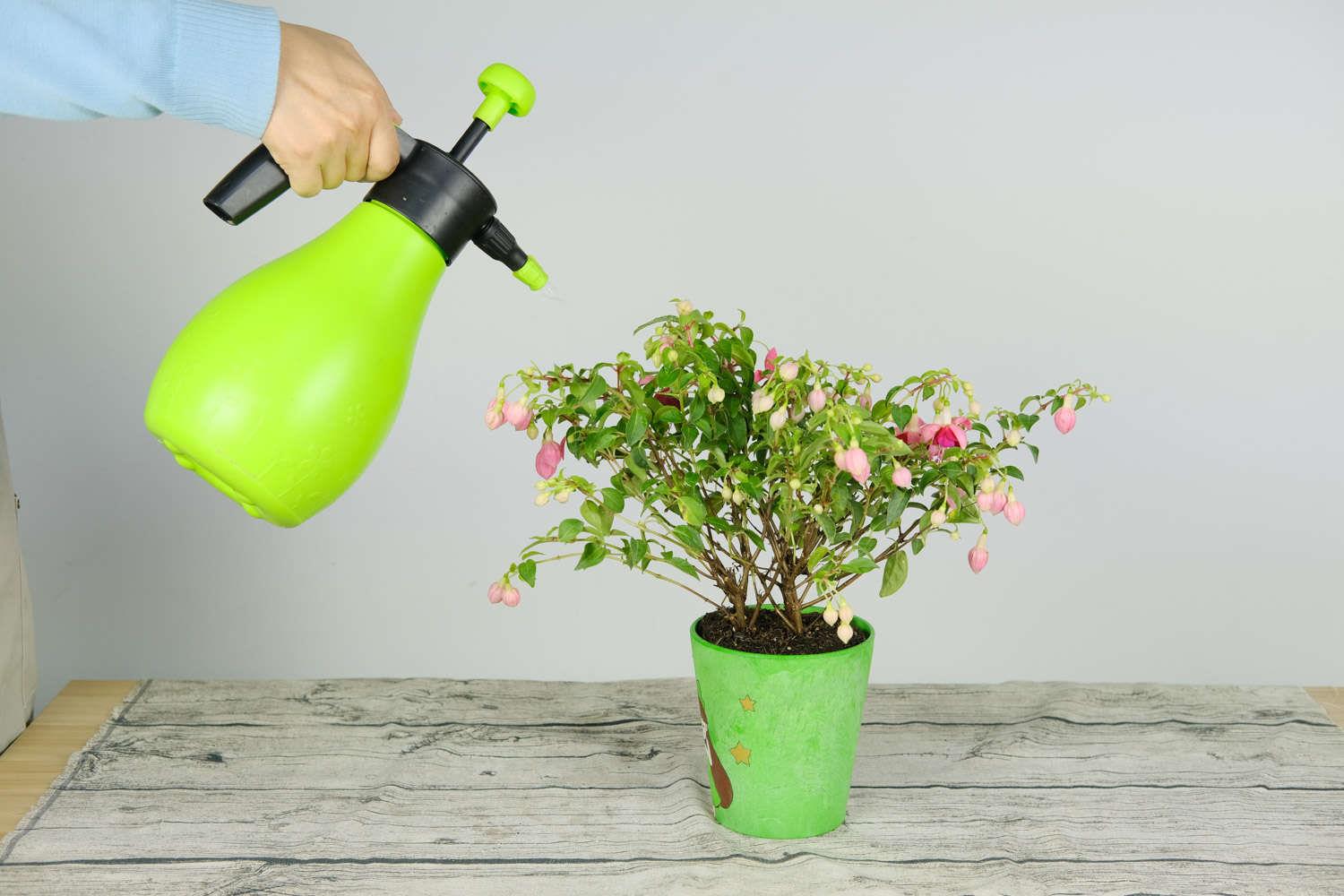
Pruning
Since fuchsia grows flower buds in the leaf axils of new shoots, in order to make it bloom more, it needs to have more branches. Topping at the right time is an effective measure to make it have more branches. Under normal circumstances, when the seedlings grow to about 10 cm high, the first pruning is performed to encourage them to branch. After about 1 month, when the new branches grow 6-8 leaves, the second pruning is performed and the excess leaves are removed. Remove the buds and keep 5-7 branches per plant. After autumn cools, branches that are too long can be cut short and branches that are too dense can be thinned out to encourage the growth of strong new branches. Watering should be reduced after each pruning, and after new shoots grow, gradually increase the amount of watering and return to normal management.
Generally, about 25 days after fuchsia is topping, new shoots can bloom again. People can take advantage of this habit to adjust the flowering period and allow them to bloom continuously.
Fertilization method
Watering requirements
Temperature and light requirements
Disease and pest control
Breeding method
How to spend summer
Plastic trimming
- END -
How to raise meaty cows

The leaves of Succulent Woniu are thicker and brightly yellow-green in color. It g...
Forsythia flowering time, blooming colors

Its flowering time is usually in early spring every year, specifically between Mar...